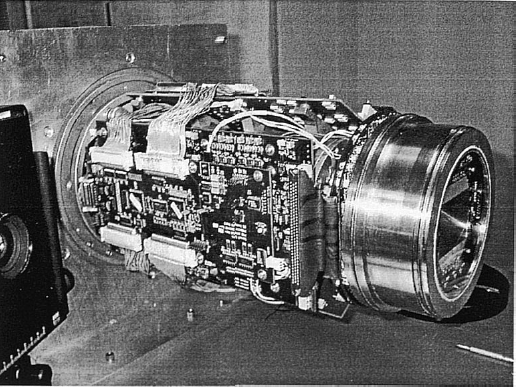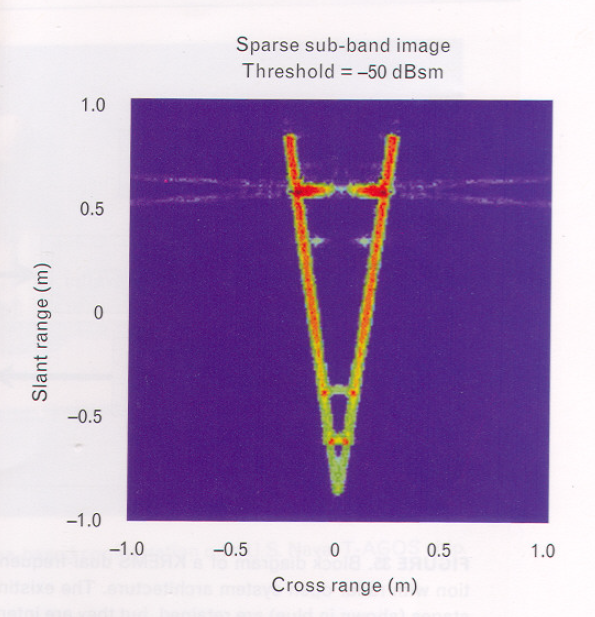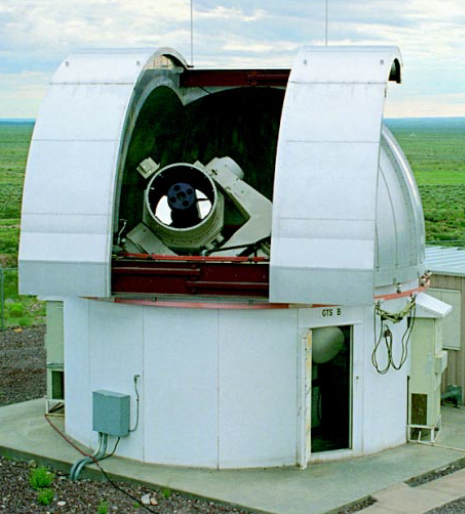The Aegis SPY-1 Radar
The Aegis SPY-1 radar is part of the Aegis combat system deployed on U.S. Navy cruisers and destroyers as well as on a number of foreign ships. Originally designed as an air defense system, the Aegis system on many U.S. Navy ships has been or is being upgraded to include a ballistic missile defense (BMD) capability.
The U.S. Navy currently operates 22 Aegis cruisers (CG-47 or Ticonderoga class), although it currently plans to retire seven of these in FY2013 and FY 2014.[1] Five of the cruisers have so far received BMD upgrades (although one of these is among ones scheduled for retirement).
By the end of 2012, all 62 Aegis destroyers (DDG-51 or Arleigh Burke class) procured through 2005 will have been delivered, with 24 of these having received the BMD upgrades. In 2010, procurement of an additional ten Aegis destroyers began, with first scheduled to be operational in 2016. These ships will be delivered with a BMD capability built-in. The number of BMD-capable Aegis ships (both cruisers and destroyers) is projected to reach at least 39 by 2020. Beginning in 2016, the Navy plans on beginning procurement of a new type of destroyer (the Aegis Flight III) with a more capable (and not yet completely defined) radar, with the first ship scheduled to be operational in 2023.

Aegis Cruiser (CG 72, Vella Gulf). Two of the Aegis antenna array faces are visible on the rear deckhouse. The other two antenna faces are on the forward deckhouse but are not visible here. (Picture source: U.S. Navy)
Aegis Radar Versions
Four different versions of the Aegis SPY-1 radar are currently deployed on U.S. ships. The SPY-1 was a test version of the radar that was never deployed.
(more…)





